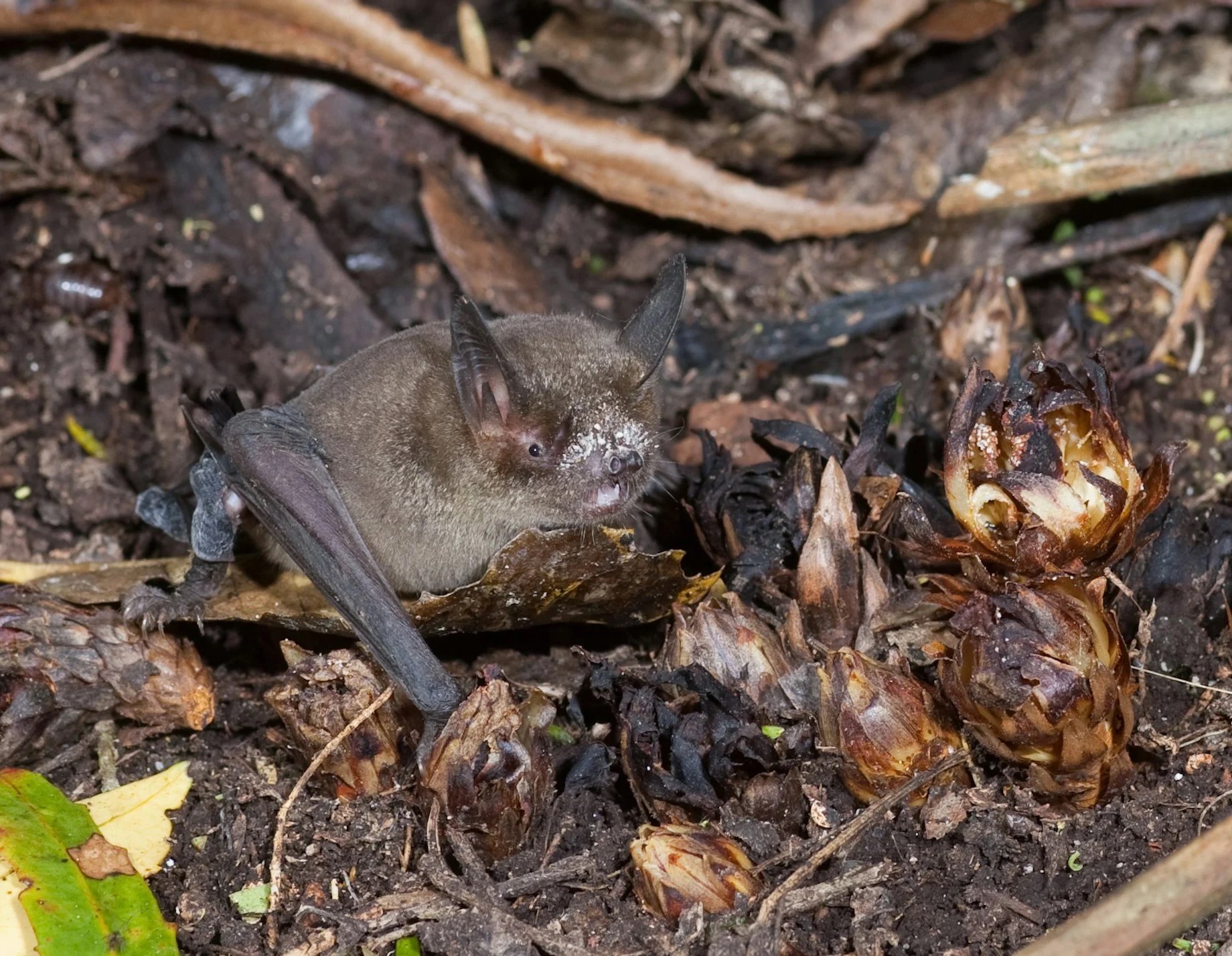Waiorua Pekapeka Monitoring
“Pekapeka-tou-roa (long-tailed bats) have been present on Kapiti Island throughout its history. Numbers now appear to be low, with no apparent recovery since rat eradication, although little information is available.
Monitoring of the population to determine long-term trends and population trajectory is needed to ensure the distributional range of the species is maintained”.
Kapiti Island Ecological Restoration Strategy, Kerry Brown et al (2016)
By continuing our long-term monitoring of pekapeka-tou-roa activity in Waiorua Valley we hope to determine whether the local population is increasing as expected.
If no clear increase is observed, further investigation may be needed to identify and address barriers to the species success on Kapiti.
Since 2015 we’ve been monitoring pekapeka-tou-roa activity in Waiorua Valley.
Using acoustic recorders which detect ultrasonic noises in the range we expect from pekapeka, and save a spectrogram (image showing a sound wave over time). These images can then be analysed to determine whether the sound was a bat or some other environmental sounds.
So far we’ve analysed over 30,000 spectrograms from Waiorua Valley!
An example spectrogram from Waiorua shows pekapeka-tou-roa echolocations.
Our efforts so far have concentrated on pekapeka-tou-roa rather than pekapeka-tou-poto (short-tailed bats) due to the increased effort required to find the forest-dwelling tou-poto, and the much lower likelihood of their ongoing survival on the motu.
With more recorders, including handheld “Bat Box” detectors, we could attempt pekapeka-tou-poto surveys. We aspire to seeing their return, but there is no known method to succesfully translocate pekapeka.
AR4 Remote Acoustic Recorder



